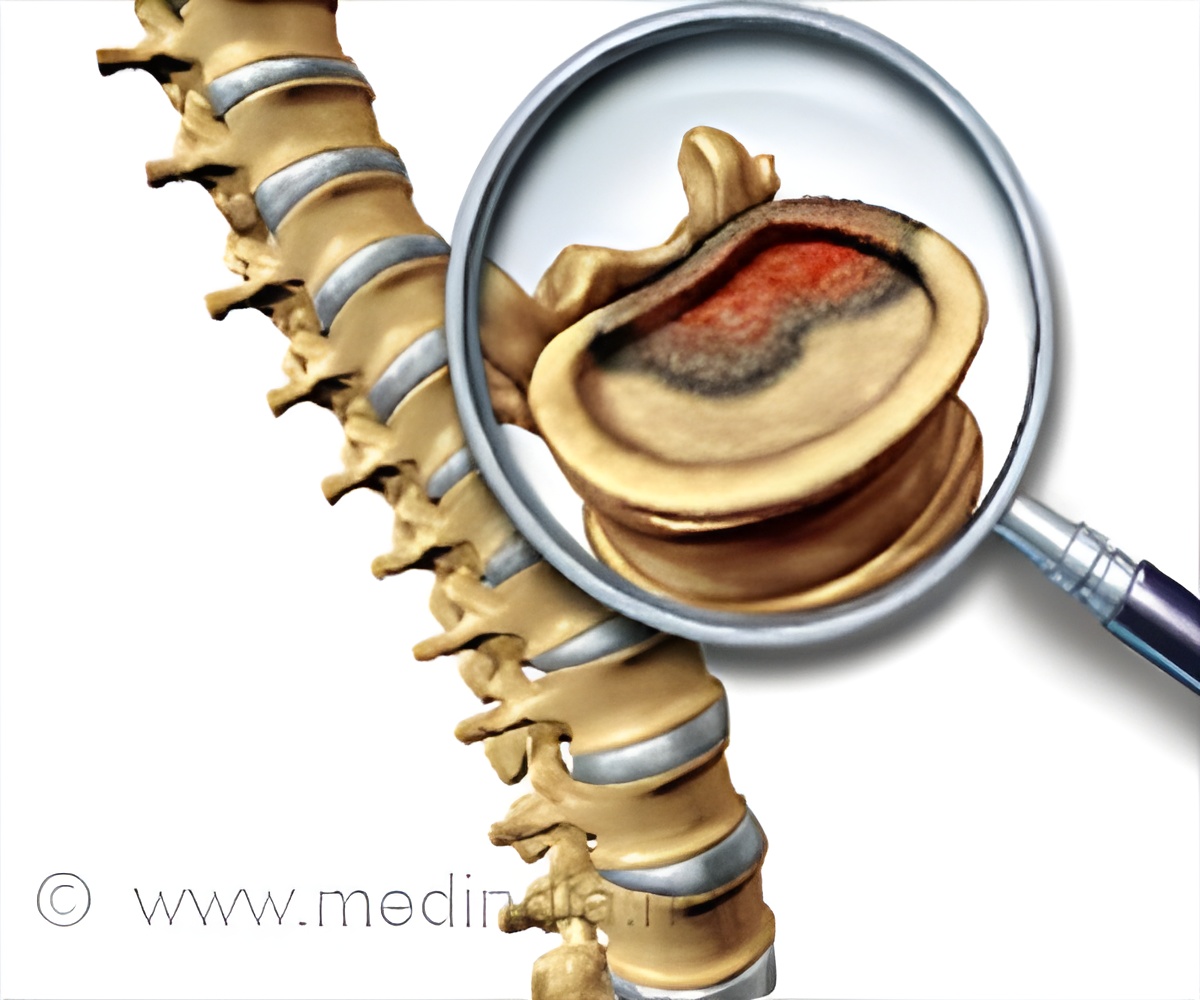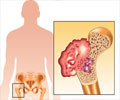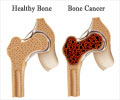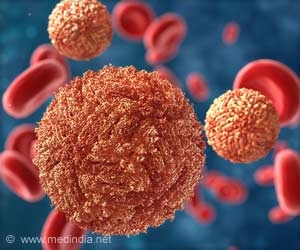Genetic discovery was found to help clinicians identify aggressive versus benign bone tumors.

In this new study, scientists from the Wellcome Sanger Institute and their collaborators at the UCL Cancer Institute and Francis Crick Institute discovered a genetic mutation that distinguishes osteoblastoma from osteosarcoma.
The team carried out whole genome and whole transcriptome* sequencing on five osteoblastoma tumors and one osteoid osteoma tumor.
Researchers discovered a mutation that affects FOS, a transcription factor that turns on and off genes to ensure they are expressed in the right cell at the right time, as well as its relative, FOSB. When the team extended their results in a study of 55 cases they found that mutations in FOS and FOSB are ubiquitous across osteoblastoma and osteoid osteoma.
To explore whether their result could be useful as diagnostic markers for osteoblastoma, scientists examined the whole genome sequences of 55 osteosarcoma cases, and found none of the samples harboured mutations in FOS or FOSB. When the team analysed over 2,500 non-osteoblastoma tumors, they again did not find similar mutations, meaning the FOS and FOSB mutations are specific to osteoblastoma.
Dr Sam Behjati, co-lead author from the Wellcome Sanger Institute and University of Cambridge, said: "The main clinical challenge when diagnosing osteoblastoma can be to reliably distinguish these tumors from osteosarcoma. These two forms of bone tumor require very different treatments: osteoblastoma tumors just need removing to ease symptoms, whereas osteosarcomas is treated aggressively with surgery and intensive chemotherapy. For the first time, we have discovered a specific mutation that defines osteoblastoma."
Advertisement
Professor Adrienne Flanagan, co-lead author from the UCL Cancer Institute and Royal National Orthopaedic Hospital NHS Trust, said: "Genomics is transforming our understanding of cancers. Our discovery of the genetic mutation that characterises osteoblastoma will help clinicians diagnose it with more confidence and direct the correct treatment."
Advertisement













